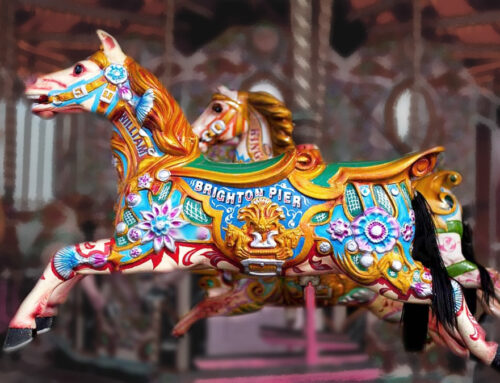Why do some people bounce back up after a fall while others flounder?
When we experience a bad event, we ask ourselves why.
Why did it happen? Why am I experiencing this?
Let’s look at an example:
Tim is a tax consultant. He just lost an important client after a difficult meeting in which he was not able to answer the client’s questions. How could Tim explain this setback?
He could tell himself: “I can’t give my clients the advice they need.”
Tim assumes he lost the client because of his lack of ability. With this way of thinking, Tim will expect to fail with other clients. This explanation predisposes Tim towards disillusionment and inaction.
Or Tim could tell himself: “I wasn’t prepared well enough.”
In this case, Tim assumes the poor outcome was caused by something he can control (preparation). This explanation will likely lead Tim to take steps to avoid this situation in the future. Before each client meeting, he might make a list of questions the client may ask and prepare his answers in advance.
Optimism, not accuracy, is essential for resilience.
The trick when you experience a setback is to ask yourself two questions:
- What is unique about this situation that led to a poor outcome?
- What can I do to avoid this in the future?
Turn down the distortion
Cognitive distortions are ways we talk ourselves into giving up prematurely. Typical errors include:
- All-or-nothing thinking—evaluating things in extreme categories (“I am a failure”)
- Overgeneralization—using words like always, never, no one, everyone (“I am always unprepared”)
- Mind reading—assuming you know what the other person is thinking and feeling (“the client thinks I am incompetent”)
- Selective perception—seeing only negative examples and ignoring the rest (“my client meetings are difficult” when only some meetings are difficult).
When bad things happen and you find yourself trapped in a spiral of negative thoughts, the most important question to ask yourself is: Is there an alternative explanation for what has occurred? See: Bounce Back and Overcome Setbacks.
Face the facts
Satisfaction is achieved by setting and attaining realistic goals. Unrealistically high expectations are bound to disappoint. It is unlikely you will get a go ahead on your multimillion-dollar proposal after a 30-second elevator pitch. See: The Satisfaction Equation (You Can’t Always Get What You Want So Don’t Expect To).
Keep on keepin’ on
Having the right goals is one thing. Sticking with them is another. Achievement equals talent times effort. Don’t underestimate the importance of what the Germans call Sitzfleisch—the ability to stay in the game for the long run. Psychologist Angela Duckworth calls it grit—passion and perseverance towards long-term goals.
Test yourself!
- Revised Life Orientation Test (LOT-R). A simple, 10 question survey on optimism. After completing the survey, you will be taken to a page where you can compare your results to the general population.
- Learned Optimism Test. Adapted from Seligman’s book, Learned Optimism. Most useful when taken while reading the book.
- Locus of Control & Attributional Style Test. 47 questions related to locus of control orientation. You do not need to buy the personalized report to get the results.
References
Abramson, L.Y., Seligman, M. E. P., and Teasdale, J. D., (1978). “Learned Helplessness in Humans: Critique and Reformulation,” Journal of Abnormal Psychology, 87(1), 49-74.
April, K. A., Dharani, B., and Peters, K. (2012). “Impact of Locus of Control Expectancy on Level of Well-Being,” Review of European Studies 4(2), 124-137.
Duckworth, A. (2018). Grit: The Power of Passion and Perseverance. New York: Scribner.
Konnikova, M. (2016, 11 Feb). “How People Learn to Be Resilient,” New Yorker.
Scheier, M. F., & Carver, C. S. (1992). Effects of optimism on psychological and physical well-being: Theoretical overview and empirical update. Cognitive Therapy and Research, 16(2), 201-228.
Seligman, M. E. P. (2006). Learned Optimism: How to Change Your Mind and Your Life. 2nd Edition. New York: Vintage.
Image: Le Penseur by Auguste Rodin, Musée Rodin, Paris, Joe deSousa CC0 1.0 Universal



